Without notice emergency physicians at even the smallest EDs can be thrust into the limelight. Beyond dealing with the medical needs of the patients which is the first priority, as a physician leader you will also have public relations responsibilities during this time of crisis. Today we will review some Dos and Don’ts of dealing with the press after a mass casualty situation.
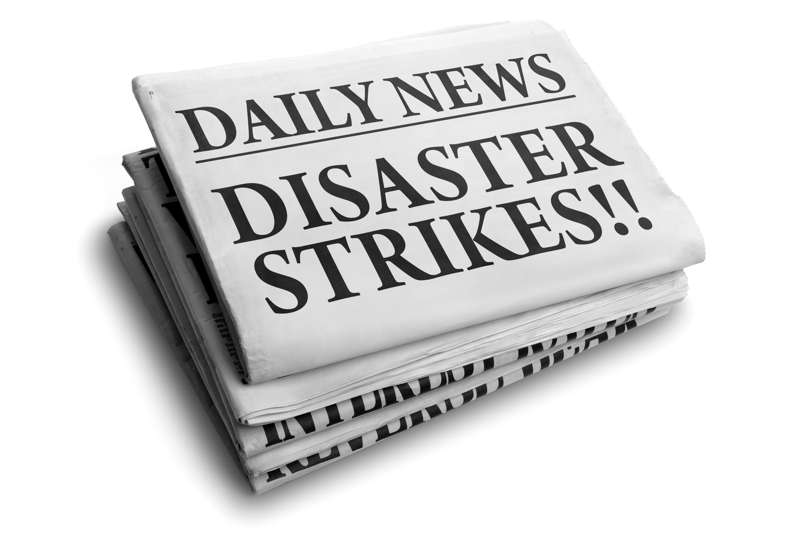
1. A truckload of cows broadsides a school bus and 30 children are brought to your emergency department. 4 are critically injured (children, not cows) and about 10 have sustained moderate injuries, the remaining 10 have minor injuries. Several other victims were taken to a local Children’s Hospital. You have expertly managed the initial portion of the event and the critical patients are admitted or off to the operating room. What are the next priorities?
A. Make sure a list of the involved patients is being put together.
B. Perform hand hygiene.
C. Check your hair for the cameras at the press conference.
D. Restock the pediatric disaster boxes.
2. Public Relations has arranged for you to speak to the press, who are clamoring for information. What should you tell them?
A. No comment
B. Patient names
C. General information about the numbers of victims, condition, and overview of the types of injuries
D. That you have always wanted to be on TV
3. How much do we have to worry about HIPAA during a disaster?
A. A lot
B. A little
C. Depends on what is being shared and with whom
D. What’s HIPAA?
For some good, brief tips on talking with the press that everyone should read see:
- American Association for the Advancement of Science Media Tips
- HHS Decision Guide for release of protected health information for public health emergency preparedness purposes
Compiled by Dr. John Hick, Medical Director for the Office of Emergency Preparedness with the Minnesota Department of Health.
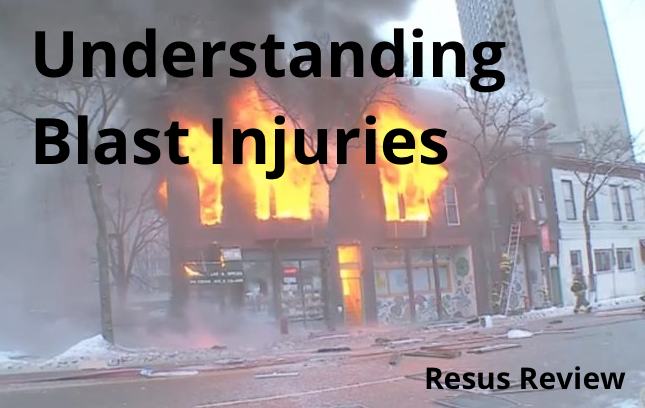
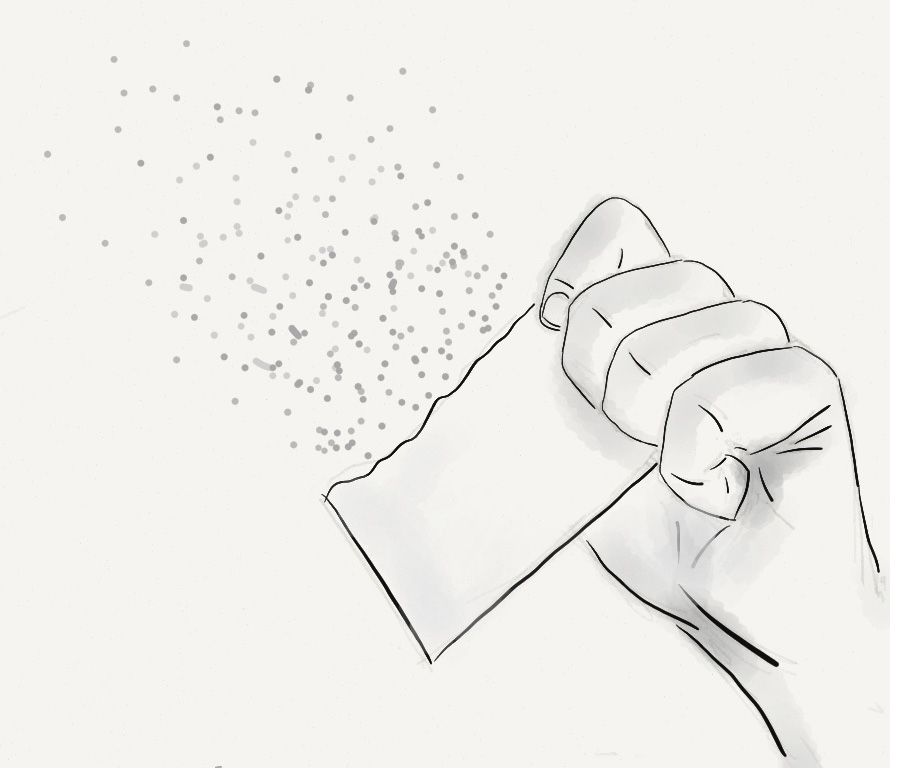
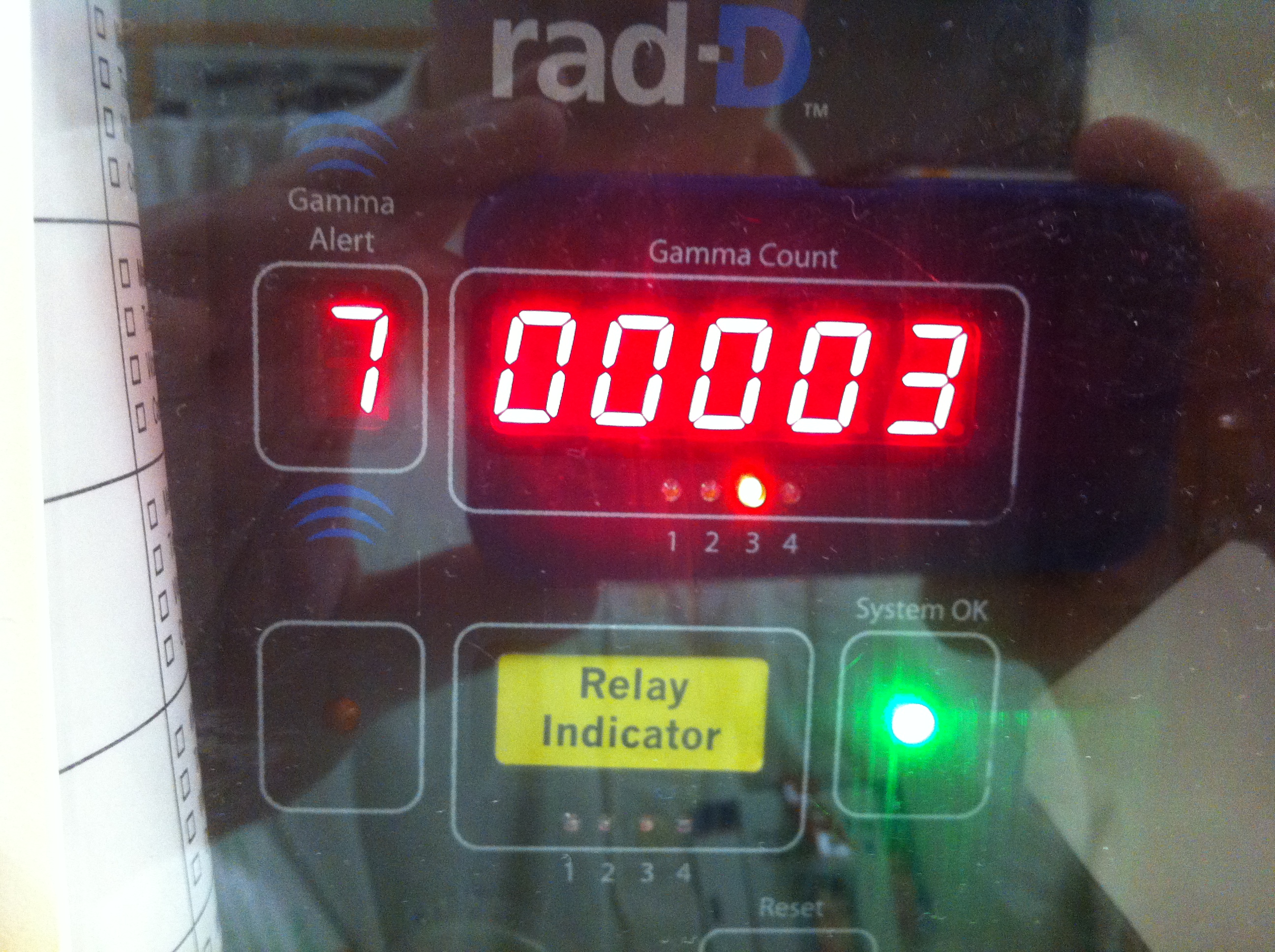
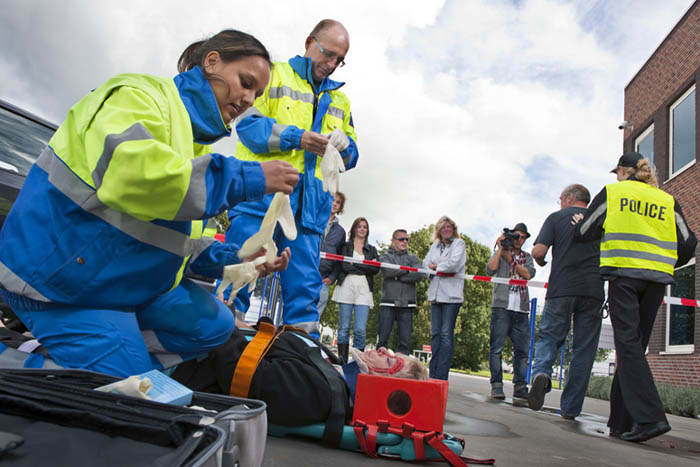
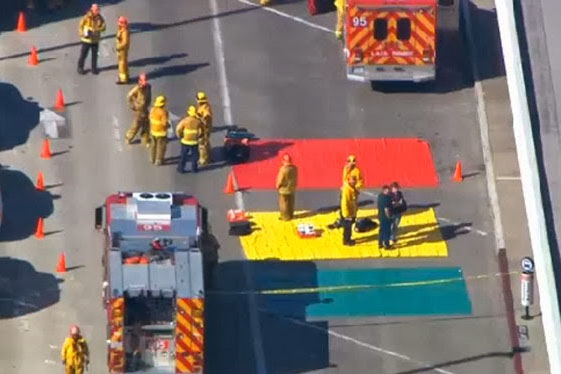
Contribute your thoughts.